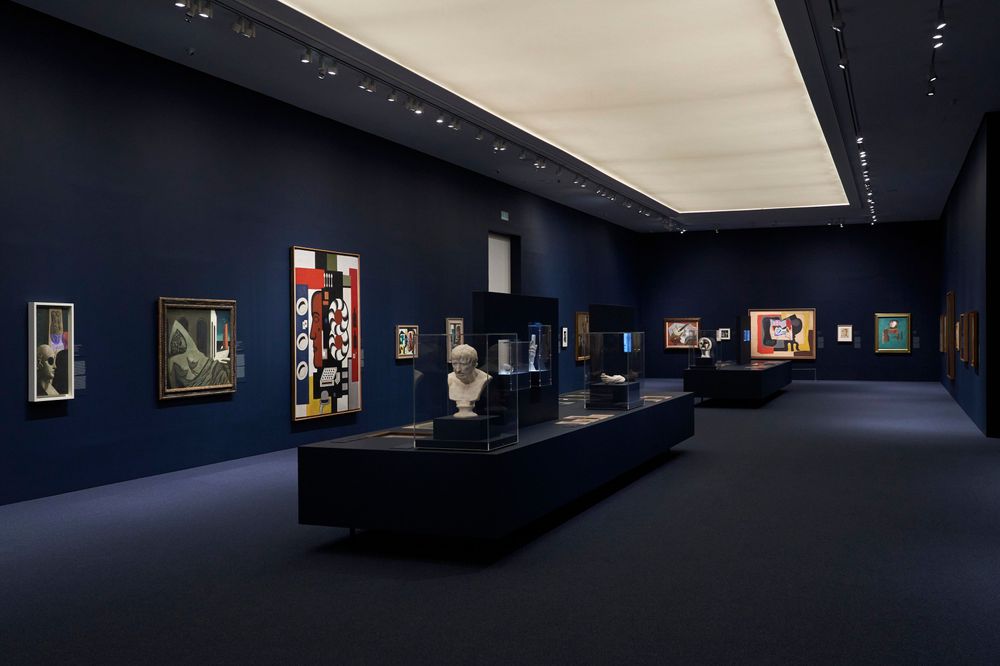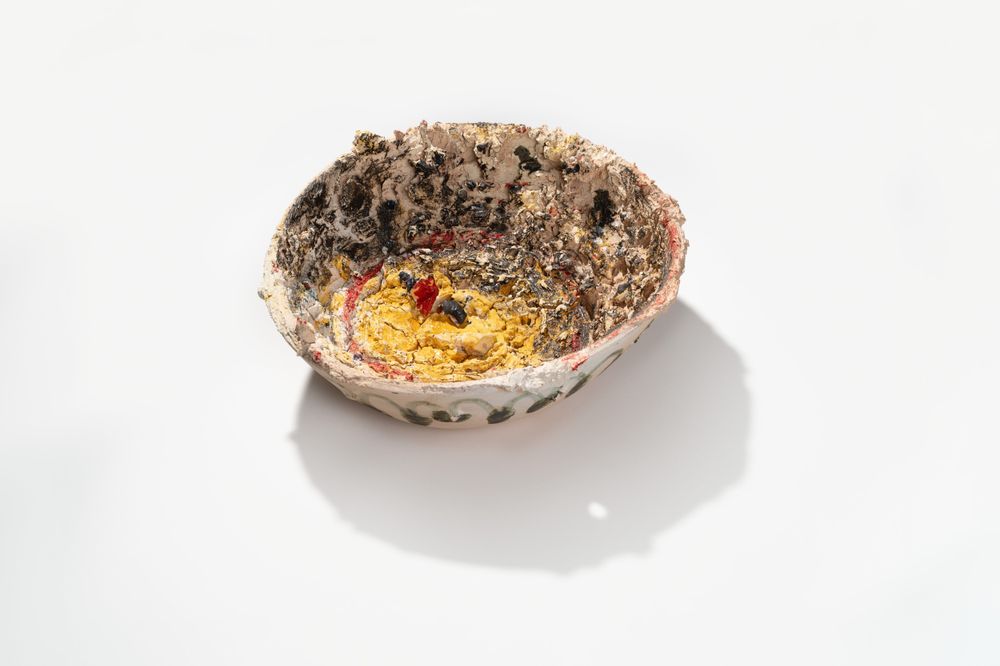18/06/201216/09/2012
The European Poster 1888-1938
Ramón Casas, Jules Chéret, Fortunato Depero, Cassandre, Gustav Klucis, Vladimir Lebedev, Man Ray, Vladimir Maiakovski, Henri Matisse, Alexander Rodchenko and Henri de Toulouse-Lautrec were just some of the 90 artists whose work was in The European Poster 1888-1938. The 174 works that were gathered together for this event provided a look at the most creative and important period in the history of the poster in Europe. It told a story that covered fifty years in which lay the very origins of advertising.
Although the origins of public advertising are complex and unclear, the poster per se came into being in Paris, at the time of Napoleon III. It was a city that had been recently rebuilt, with large buildings and wide boulevards. On the walls of this new city there appeared impressive printed works by Jules Chéret and Henri de Toulouse-Lautrec. As historian John Barnicoat points out, they constituted a vital new art form, as the artists used their professional skill as draughtsmen and painters to create works on paper that initiated a new form of art. Amongst other things, it was to lay the foundations of publicity today.
The early days of the poster were closely linked to painting and the latest progress in lithographic technology, which enabled colour to be used systematically. This great capacity for technical reproduction meant that its use rapidly became widespread. Hence, in 1890, many artists followed in the footsteps of Jules Chéret and Toulouse-Lautrec and worked on producing posters. Their dedication might be said to be an attempt to rid themselves of the oppressive weight of their academic training and, at the same time, to present their work directly to the public, instead of in museums and galleries, which were the traditional venues for displaying artworks.
During the period between the two world wars, the poster evolved and became very widely used, almost always for advertising and political purposes, while incorporating the major technological advances in graphic and photographic reproduction processes. These were the years in which the social, economic and political problems and contradictions that were causing worldwide upheaval were hidden behind a mask of frivolity. It was a context in which artists such as Cassandre (Adolphe Mouron), Paul Colin, Jean Carlu, Albert Hoppler and Otto Baumberger were prominent.
During this period, a number of openly Avant-garde proposals also appeared from artists who belonged to movements such as Constructivism, Futurism, Surrealism, or the formulas created at the Bauhaus. Artists such as Vladimir Lebedev, Alexander Rodchenko, Gustav Klucis, Man Ray and Fortunato Depero decided to examine the possibilities of poster art in order to disseminate their work outside the usual art circuits. Many of them thought of this as a way to free themselves from their cultural isolation. They also believed that publicity was a valuable instrument for education and for overcoming the widespread popular reluctance to accept new ideas and machine-made goods.
This was how what is known as the “modern poster” was created. It constructed a new artistic language which was, as Cassandre described: “neither painting nor stage set, but something else, although it often uses the media provided by both of these”. The poster was directly related to the art of its time, because it assimilated the innovations of painting, sculpture and architecture, while at the same time having an impact on the development of all of these disciplines.
This exhibition was curated by Carlos Pérez, who is an expert on the subject. The posters were from private collections and museums whose holdings comprise the world’s most renowned collections.
The exhibition was part of the programme entitled Picasso 20 Miradas. Málaga, 20 años bajo la mirada de Picasso (Picasso 20 Glances. Málaga, 20 years under the sight of Picasso). This initiative celebrates the twentieth anniversary of the exhibition Picasso clásico; that exhibition marked the reencounter of the art of Pablo Picasso with his native city, and the starting point for the Museo Picasso Málaga, inaugurated in 2003.
The Exhibition








